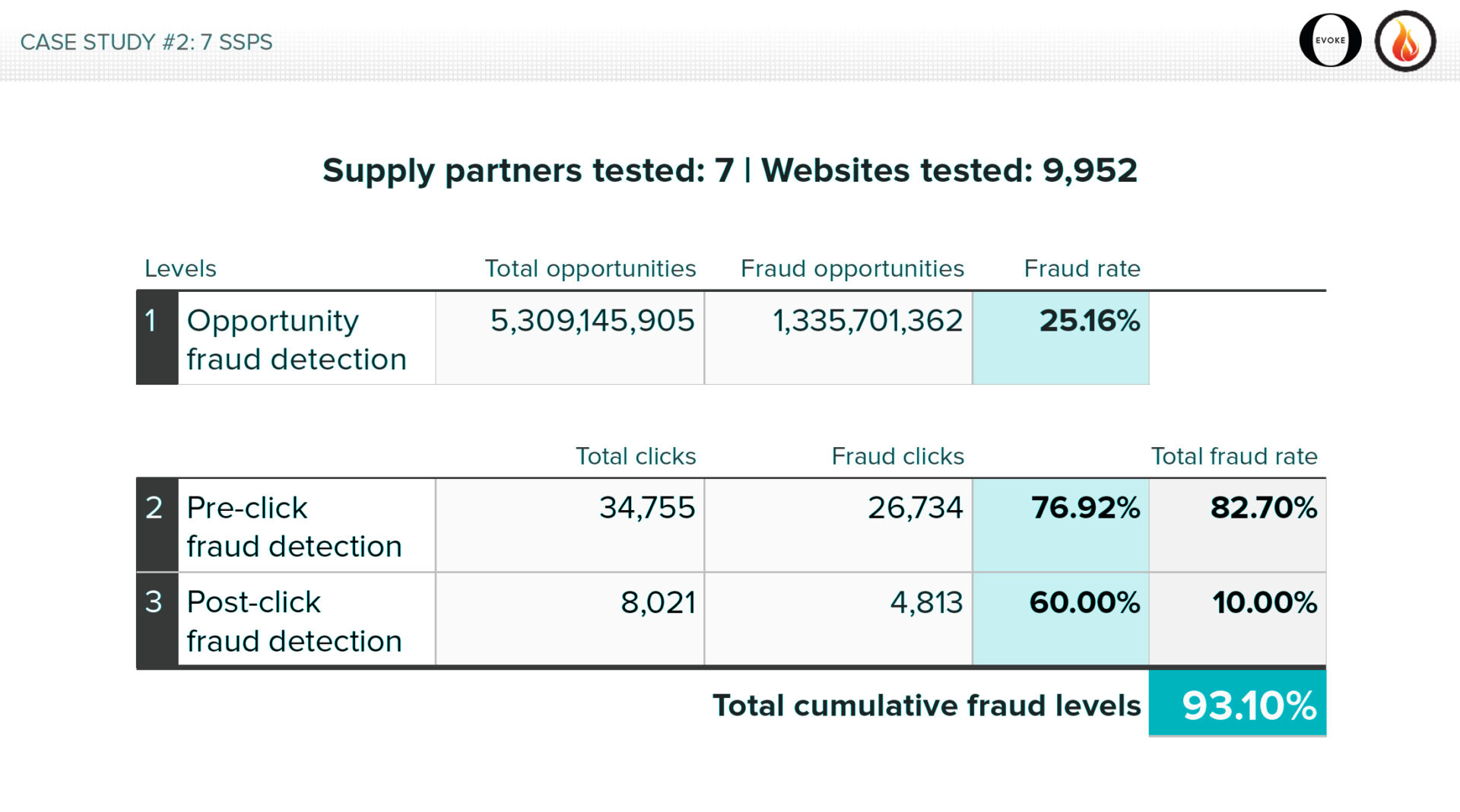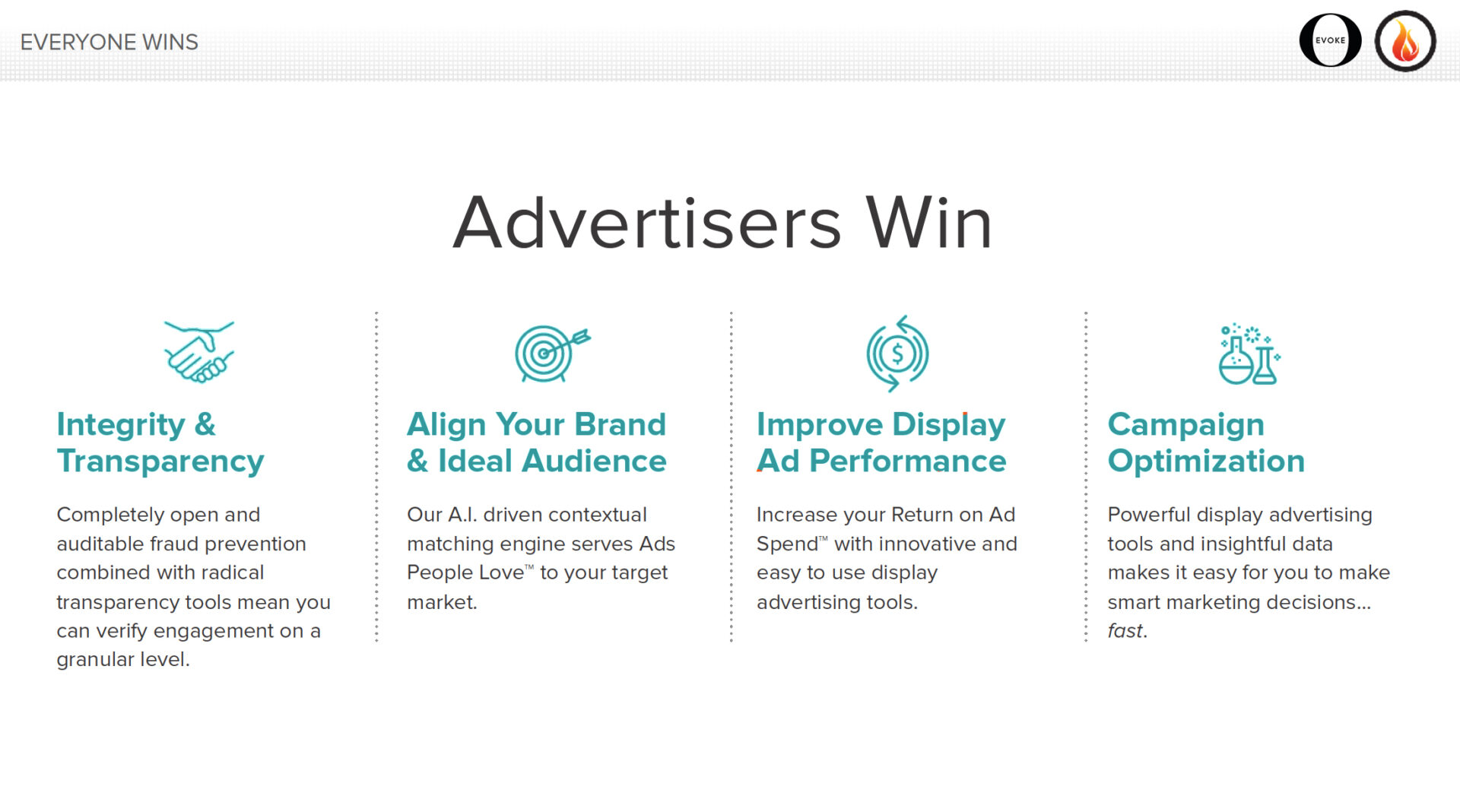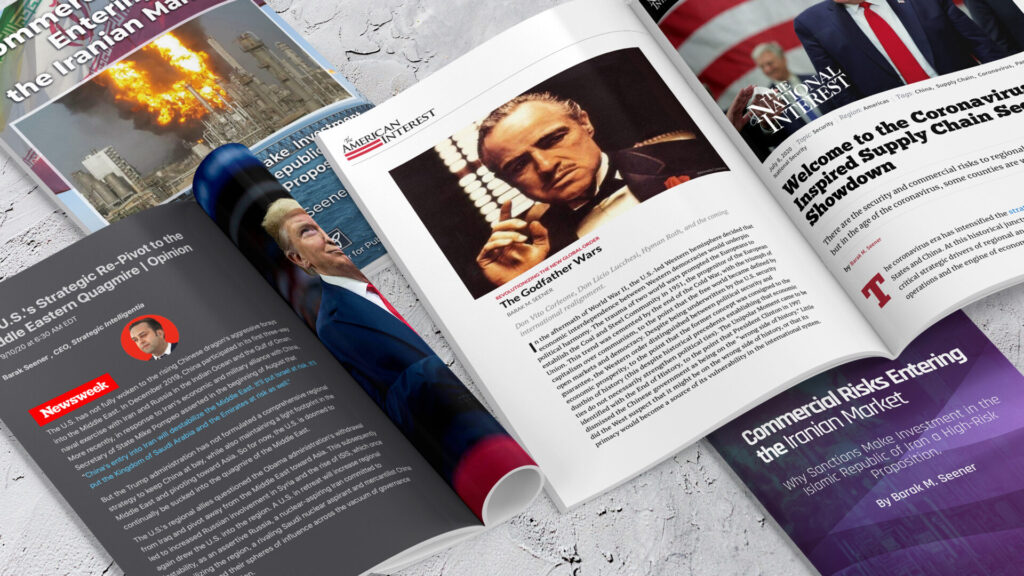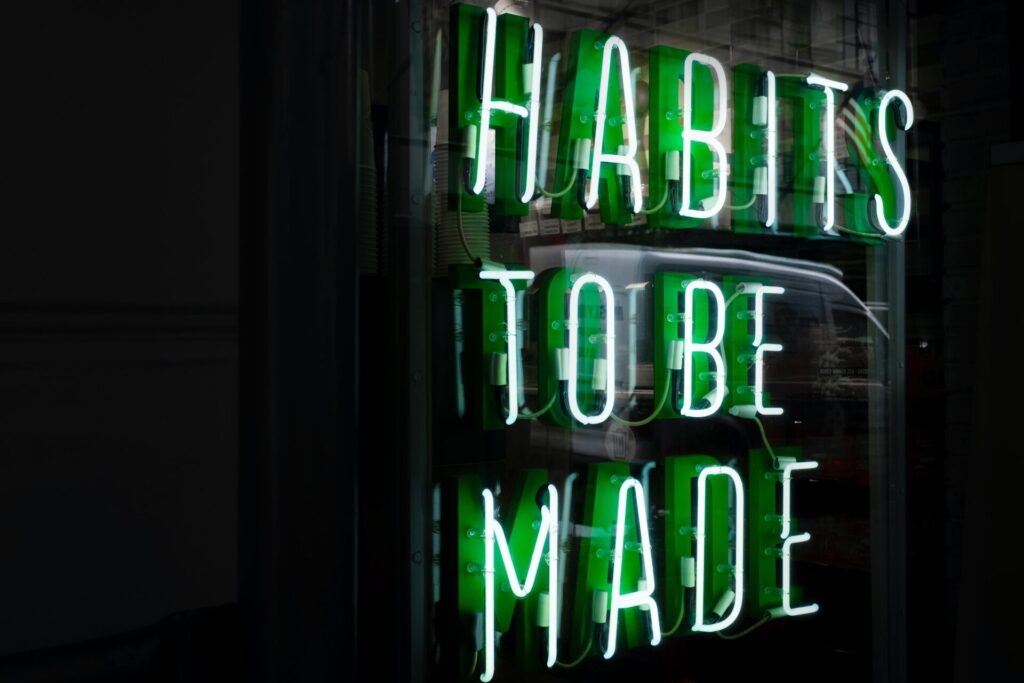What’s going on with Ad Fraud and how are you affected?
I’m just going to start with the shocking fact that ad fraud is the 3rd most profitable organized crime in the world, with advertisers being robbed of over USD$42 billion a year by online scammers.
Let that sink in.
Unbeknownst to you and many companies, you’ve been victims of ad fraud. Some more facts that you might not be aware of is that 52% of all web traffic is NOT generated by humans, while 77% of display ads are never seen and 30-50% of every ad dollar goes to networks. If you’re asking yourself what those statistics mean for you, quite simply, you’re losing an average of 40-70% of your ad dollars – they are simply vanishing into thin air with a system that actively works against advertisers, specifically to that end. This means, as long as publishers deliver some results, they don’t really care as to what is happening further down the chain, as long as the ad dollars continue to flow in – and they do. The results you’re seeing is only from an average of 30% of your spend.
So how exactly did we arrive here? The arrival of digital media came on so quickly and pervasively that it never had the opportunity to be regulated or checked through a slower emergence as did traditional media buying and advertising as it grew in prevalence over many decades. Digital ad publishing is fairly unregulated (other than the few cursory checks that ads meet community standards from the social media giants) and no real way for advertisers to audit the publishers or indeed the will for publishers to audit themselves or the websites they use – which are often fraudulent and with 1,518,207,412 websites currently on the internet, nearly impossible to manage – especially without the real desire to do so. Criminal networks quickly latched on to this new money-making and unregulated industry and discovered cheap and often untraceable means for ad stacking, pixel stuffing, misidentification, ad injections and other techniques to skim ‘free money’, which quickly went from ‘skimming’ to shoveling.
What you may be asking yourself now, is what exactly ad fraud is and how does it work? Criminal organizations (bad actors in ad fraud can be anyone from an individual who is looking to set up shop and make a quick buck to larger organizations that have sophisticated distribution models to create illegitimate traffic that pulls from marketers sites) create a network of hundreds or thousands of cheap content websites and then use bots to drive up traffic on their websites.
This is typically presented on sites that have over 100k visitors a day, when in actuality there is not a single human going onto that site – bots only. With that much ‘traffic’ they become a part of a publisher’s network and get a share of the revenue when ads are published on their sites. Publishers, who often have a network of millions of websites, don’t vet these websites but only look at how much traffic or user levels a website has and just push out the ads to the list of websites that ‘match’ their criterion for the advertisers. This is where the ad stacking, pixel stuffing and misidentification also come into play.
In case you aren’t familiar with these terms – here’s a quick guide:
Pixel Stuffing: This is the placement of an ad in an invisible pixel that is not seen on a page.
Ad Stacking: Where ad placements will be layered on top of each other. Only one will be seen but an impression will be counted for all ads when the top ad is clicked.
Misidentification: Or, the misrepresentation of a domain, that can be declared as a quality site but in reality it is an illegitimate site made to deceive the buyer.
Ad Injections: A publisher is not given permission to an application or broker to insert an ad on to their page.
Large media buying agencies do have some commercial programs, platforms and tools that they use such as Double Verify, Quantcast, Webtrends and Sizmek to try and route out much of this, but these companies have large client bases and are using a ‘one size fits all’ approach and while it reduces some of the ad fraud loss, it doesn’t reduce all nor are they using optimization tools. And let’s face it, while they are recovering some of the ad fraud, agencies are getting paid based on media spend and often when they do get reimbursed by the publisher, it gets either recycled back into the same system or the ad agencies are pocketing those returns. It’s not really in their interest to optimize or reduce ad spend on behalf of their clients because it affects their own bottom line.
Since digital marketing has a stronghold over the way companies strategize, online advertising has grown exponentially into a multi-billion-dollar market. According to research, it is predicted that global digital ad expenditure will reach US$225 billion – accounting for 44% of total ad expenditure. The emergence of new ad formats and channels, like video or mobile, are today’s new breeding grounds for fraud. The sheer size of this market tempts criminals and hackers into creating technology and techniques to steal money from the advertisers. So, with that in mind, we chose to fight back – not only stop the ad fraud but to attack it at its source and change the way the industry operates.
We decided that we needed to change the system by starting with how we operate with our own clients and that began with not charging based on ad spend but a flat monthly rate – then we worked our hardest to reduce our clients ad spend by auditing the publishers for ad fraud and using optimization tools to maximize client RoI. But we then took it two steps further. We partnered with the Joint Task Force for Anti & Counter Corruption (JTACC), a non-profit charity organization, to use our data to actually go after these criminal networks and gather enough information to prosecute them and stop them in their tracks. We then partnered with TribeOS who are pioneers in this industry (and huge champions of anti-fraud) by not only reducing ad fraud into the single digits for our clients, but optimizing their ad spend by monitoring traffic in real-time to track source/click origins, what platforms they’re coming from and shifting ad dollars every.single.day. to maximize ad spend to where the magic is happening. We should mention the conversion rates are 9x higher through this optimization. Not only that, but those 1,518,207,412 sites floating on the internet that we mentioned earlier, they have the tools to check those websites and can identify whether it’s a bot moving through a website or a human – because they do behave differently. If that’s not enough for you, here’s a list of some of our ad optimization and anti ad-fraud features:
Pre-Click
Features
Anti-Impression Laundering
Site and App Scoring
Honey-Pot Catching
IP Address Scoring
IP Address Filtering
User Agent Filtering
Stacking Prevention
Cross Validation of Ads
IAB Categorization for Laundering Prevention
Post-Click
Features
Custom Tracking Pixel
Interaction Tracking (Mouse Clicks, Scrolls, Traps)
Bespoke ‘Black’ and ‘White’ Lists of Sites and Apps
CPA-Optimization
Features
Facebook CPA Optimization
Google CPA Optimization
Tracking Features
Features
4-Layer Tracking
Reorts
Features
Detailed Reports for ROI Over Time
Detailed Reports for Visitors Over Time
In fact, our partners, TribeOS, recently conducted a test of 10,000 random websites to see how bad the ad fraud really is. The results were shocking: 93% of those website were ad fraud. Have a look at the table below on the full details of that test conducted.

Audience ad fraud?
Brands putting money into a system want to know, quite reasonably, where that money goes – to which site and to which audience. Ad fraud has become a cess pit of fake audiences, fake users, fake traffic, fake clicks and fake installs. It all boils down to the same goal: advertisers are made to pay for bogus exposure and clicks. What’s even worse is that ad agencies aren’t really interested in halting these practices because it doesn’t work in their favor. Most also farm out media buying to large media buying agencies who are less inclined to care nor do they have the capacity to track or audit these huge volumes of spend. But companies are beginning to fight back. Mark Pritchard, Chief Brand Officer, Proctor and Gamble recently stated that, “The days of giving digital a pass are over. It’s time to grow up. It’s time for action. P&G doesn’t want to waste time and money on a crappy media supply chain. Don’t wait for someone else to move.” He then followed that statement by conducting audits resulting in P&G cutting their digital ad spend by USD $200 million a year resulting in an increase of 10% in their reach. This is not small potatoes.
Not only is ad fraud severely skewing campaign results, which companies base their entire budgets around, it costs jobs and business. Uber is suing five ad networks (Hydrane SAS, BidMotion, Taptica, YouAppi and AdAction Interactive) for purchasing “nonexistent, nonviewable or fraudulent advertising,” squandering collectively USD $70 million on low-quality or fraudulent ads. Google recently had to agree to refund advertisers for ads purchased on its ad marketplaces that ran on websites with fraudulent traffic, following a lawsuit claiming the tech giant was withholding the payments. Last year, Mundo Media filed for bankruptcy as a result of huge volumes of bot traffic and the loss of their major advertisers as a result – killing over 150 jobs.
Realizing that you are already a victim of ad fraud and that your brand safety could be at stake because you are directly funding criminal and terrorist organizations, is the first step. The second step is finding the right people and tools to help you stop this will not only maximize and reduce your ad spend, it will lead to higher conversions, exposure and save your brand reputation. Last but certainly not least, by working with us, you’re actually helping to change the system, lock up the bad guys and create a better and more transparent environment for everyone. How’s that for being an architect of change and sustainability?
You know where to find us


Evoke International.

















